Health Care > DISCUSSION POST > HLT362 Week 4 Discussion (dq1+dq2) Latest 2019 February (All)
HLT362 Week 4 Discussion (dq1+dq2) Latest 2019 February
Document Content and Description Below
DQ1 Topic 4 DQ 1 System Admin Max Points: 8.0 Provide an example of experimental, quasi-experimental, and nonexperimental research from the GCU Library and explain how each research type differs ... from the others. When replying to peers, evaluate the effectiveness of the research design of the study for two of the examples provided. Reply Ascending | Descending My Posts | Substantive |Flagged | All Mar 10, 2019 11:58 PM0 LikeSubstantive Post Profile Picture Nancy Lilienthal 3 posts Re:Re:Topic 4 DQ 1 Hello Lisa, To answer your question, I have often found combined types of studies in my search for research articles. It would seem though that some would not be able to be used with others due to the nature of the research and the requirements. I found your quasi-experimental study and your experimental study to be the most effective with regards to the manner in which the data was collected and the method which was used to obtain the results. I like how you used research in the same topic to compare. The experimental research I believe would be the most relevent mostly due to this being the gold standard and that there is so much control over the variables. Reply | Quote & Reply Mar 10, 2019 11:38 PM1 LikeSubstantive Post Profile Picture Amy Arreola 2 posts Re:Two Groups of the Independent Variable The correct answer is B. A t-test is a type of inferential statistic used to determine if there is significant difference between the means of two groups, which may be related in certain features. The t-test is one of many tests used for the purpose of hypothesis testing in statistics. Reference Kenton, W. (2019). T-test Definition. Retrived from https://www.investopedia.com/terms/t/t-test.asp Reply | Quote & Reply Mar 10, 2019 11:27 PM0 Like Profile Picture Amy Arreola 2 posts Re:Topic 4 DQ 1 Experimental Research Design: A type of quantitative research design that is highly controlled to study cause and effect with independent and dependent variables (Helbig, 2018). Article 1. Uninterrupted sleep is of vital importance for restoration and regaining health. In intensive care units (ICUs) where recovering and healing is crucial, patients’ sleep often is fragmented and disturbed due to noise from activities from oneself, other patients, and alarms. The aim of our study was to explore if sleep could be improved by modifying the sound environment in a way that is practically feasible in ICUs. We studied the effects of originally recorded ICU noise and peak reduced ICU noise on sleep in healthy male participants. Sleep was registered with polysomnography (PSG) during four nights: one adaptation night, one reference (REF) night, and the two exposed nights with similar equivalent sound levels (47 dB LAeq) but different maximum sound levels (56- vs 64-dB LAFmax). The participants answered questionnaires and saliva cortisol was sampled in the morning. Noise in ICUs impairs sleep and the reduction of maximal A-weighted levels from 64 to 56 dB is not enough to have a clear improved effect on sleep quality. Quasi-Experimental Research Design: A type of quantitative research design that is partially controlled that studies cause and effect of variables (Helbig, 2018). Article 2. A Quasi-experimental study using cross-sectional surveys to determine whether simultaneous school start time changes (delay for some schools; advance for others) impact adolescents sleep. A 50-minute delay was enabled for high schools and secondary schools and a 30 minute advance stat time for middle schools. Both advances and delays in school start times are associated with changes in adolescents' school-night sleep duration and daytime sleepiness. Larger changes might occur with later start times. Nonexperimental Research: A research study that does not involve an experimental drug, treatment, or procedure. Article 3. This nonexperimental Research was performed to determine whether ventilated, low birth weight infants treated with closed versus opentracheal suction in a neonatal intensive care unit (NICU) differ as to airway bacterial colonization, nosocomial pneumonia, bloodstream infection (BSI), incidence and severity of bronchopulmonary dysplasia (BPD), neonatal mortality, frequency of suction, reintubation, and nurse preference. Although slightly more expensive, closed suction is perceived by nursing staff to be easier, less time-consuming, and better tolerated by small premature infants requiring mechanical ventilation for > or = 1 week. References Cordero L, Sananes M, & Ayers LW. (2000). Comparison of a closed (trach care MAC) with an open endotracheal suction system in small premature infants. Journal of Perinatology, 20(3), 151–156. Retrieved from https://lopes.idm.oclc.org/login?url=https://search.ebscohost.com/login.aspx? direct=true&db=ccm&AN=107118730&site=eds-live&scope=site Helbig, J. (2018). Applied Statistics for Health Care. Statistical Analysis. Retrieved from https://lc.gcumedia.com/hlt362v/applied-statistics-for-health-care/v1.1/#/chapter/4 Owens, J. A., Dearth-Wesley, T., Herman, A. N., Oakes, J. M., & Whitaker, R. C. (2017). A quasiexperimental study of the impact of school start time changes on adolescent sleep. Sleep Health: Journal of the National Sleep Foundation, 3, 437–443. https://doiorg.lopes.idm.oclc.org/10.1016/j.sleh.2017.09.001 Persson Waye, K., Elmenhorst, E.-M., Croy, I., & Pedersen, E. (2013). Improvement of intensive care unit sound environment and analyses of consequences on sleep: an experimental study. Sleep Medicine, 14(12), 1334–1340. https://doi-org.lopes.idm.oclc.org/10.1016/j.sleep.2013.07.011 Reply | Quote & Reply Mar 10, 2019 11:07 PM0 LikeSubstantive Post Profile Picture Me 4 posts Re:Re:Topic 4 DQ 1 [Show More]
Last updated: 1 year ago
Preview 1 out of 177 pages
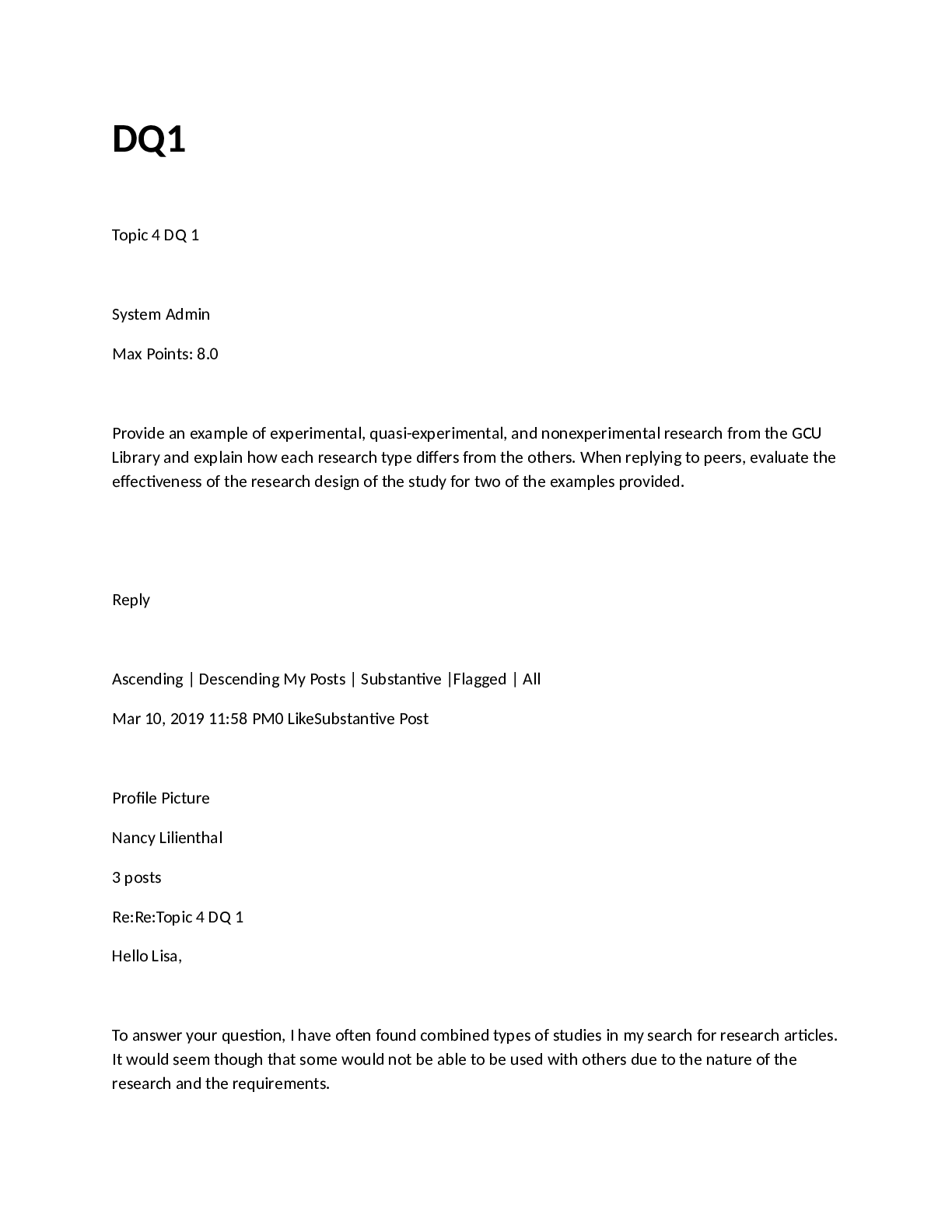
Reviews( 0 )
Document information
Connected school, study & course
About the document
Uploaded On
Mar 13, 2021
Number of pages
177
Written in
Additional information
This document has been written for:
Uploaded
Mar 13, 2021
Downloads
0
Views
54

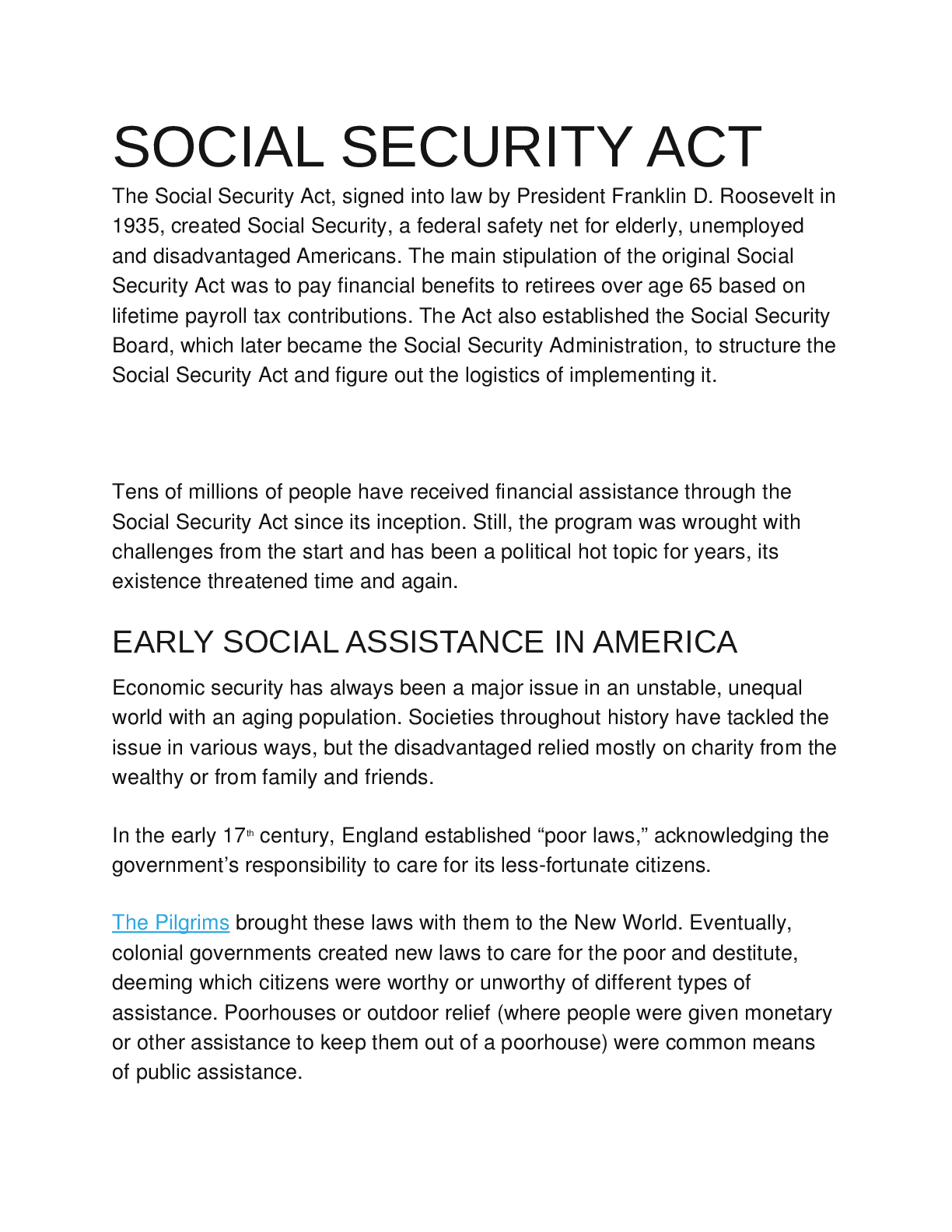
.png)
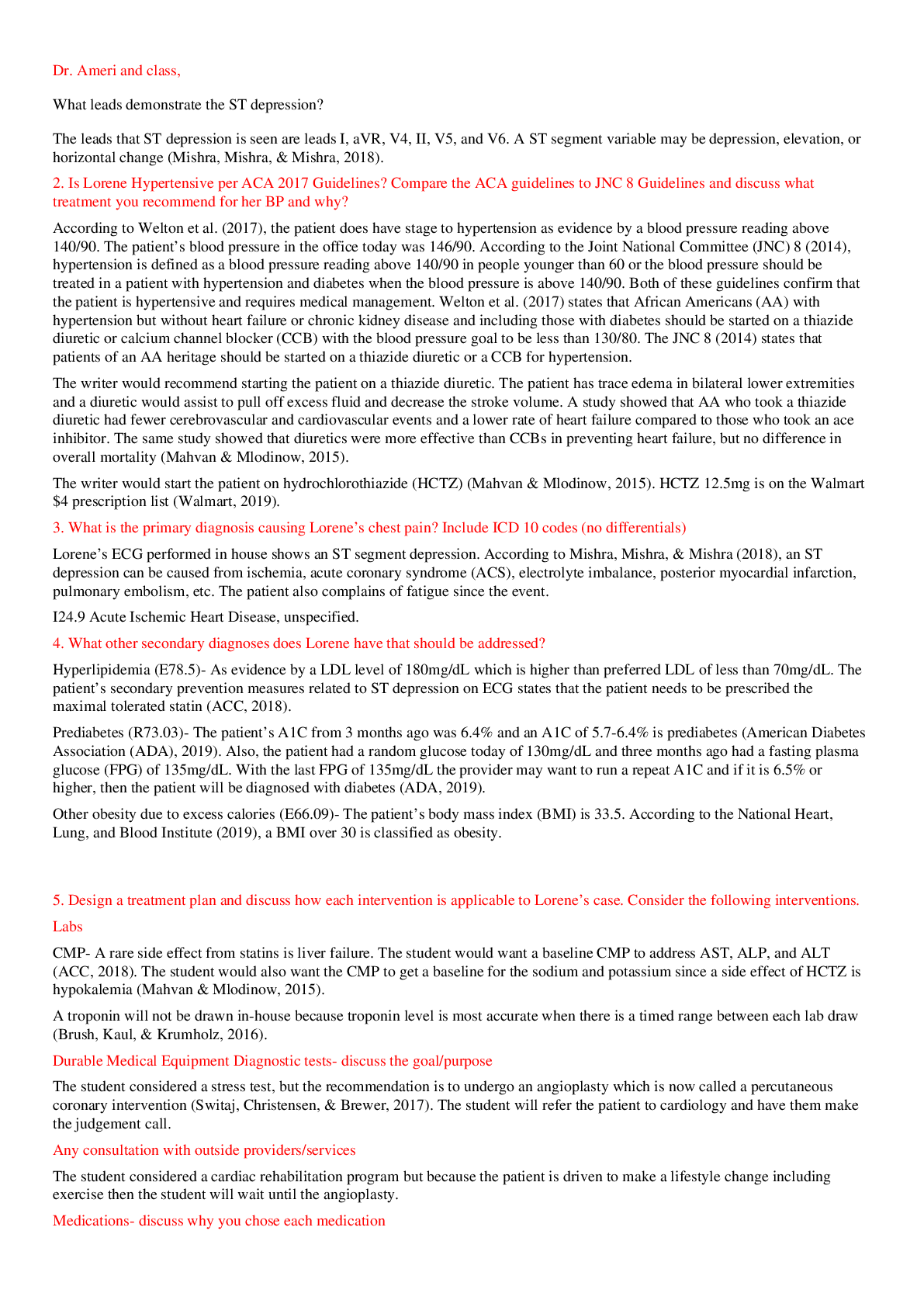
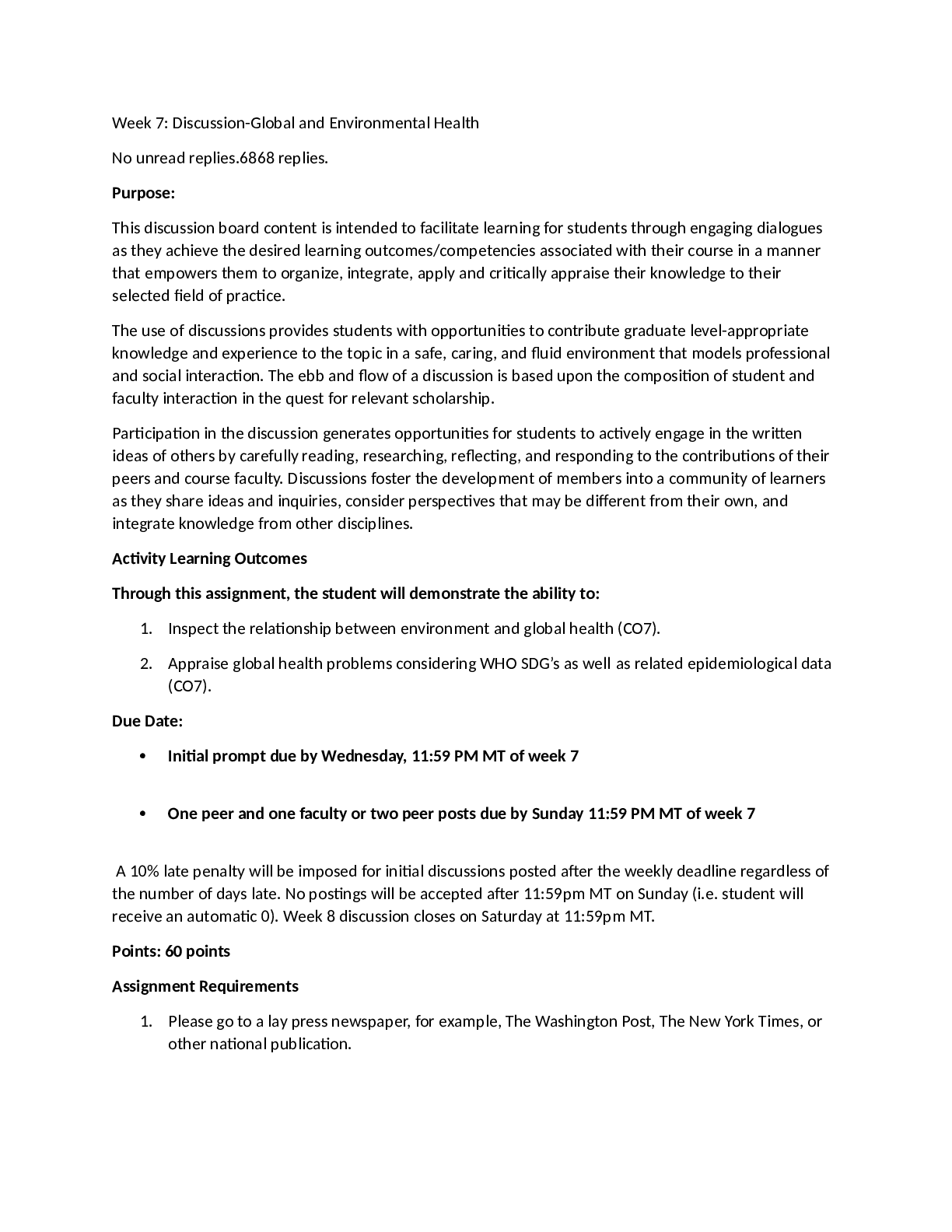

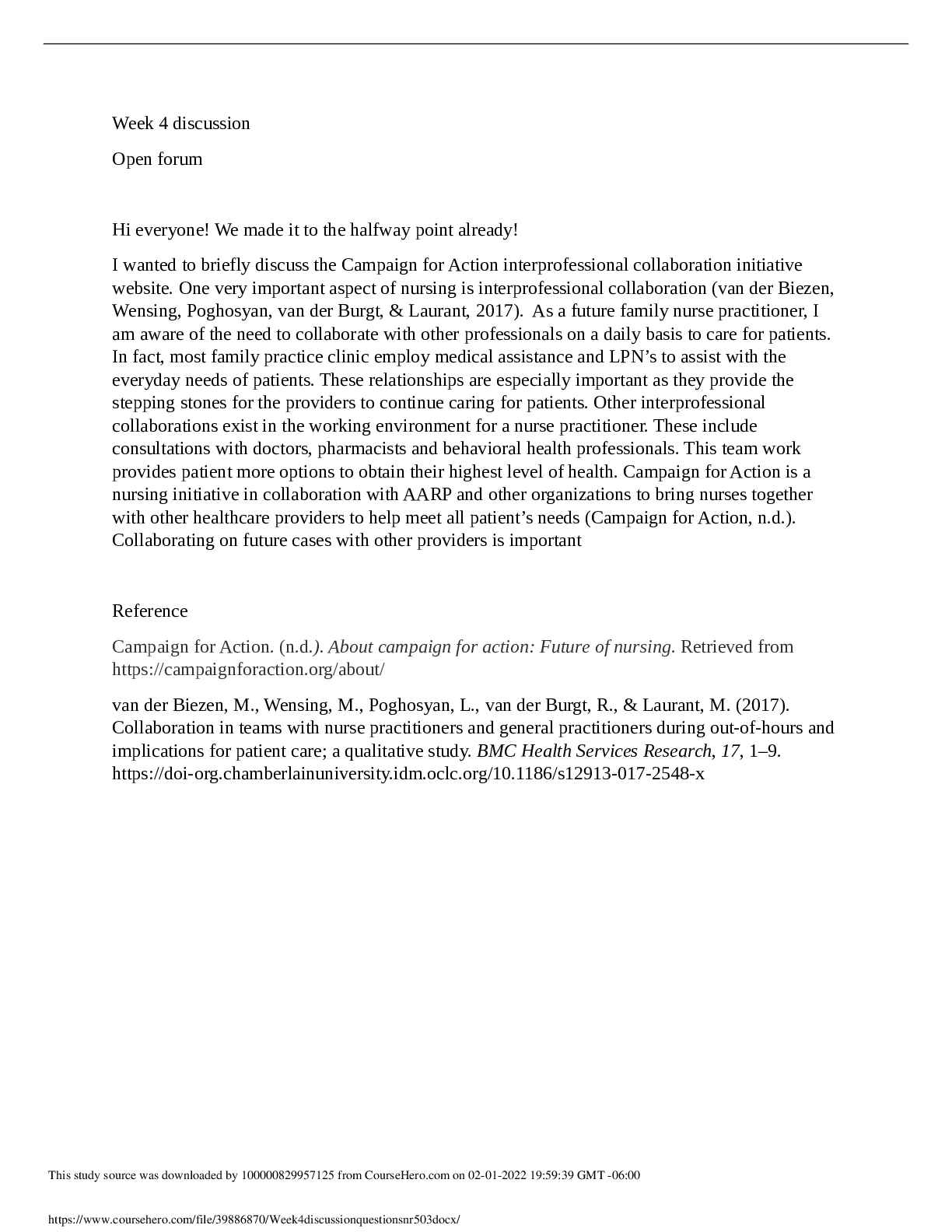

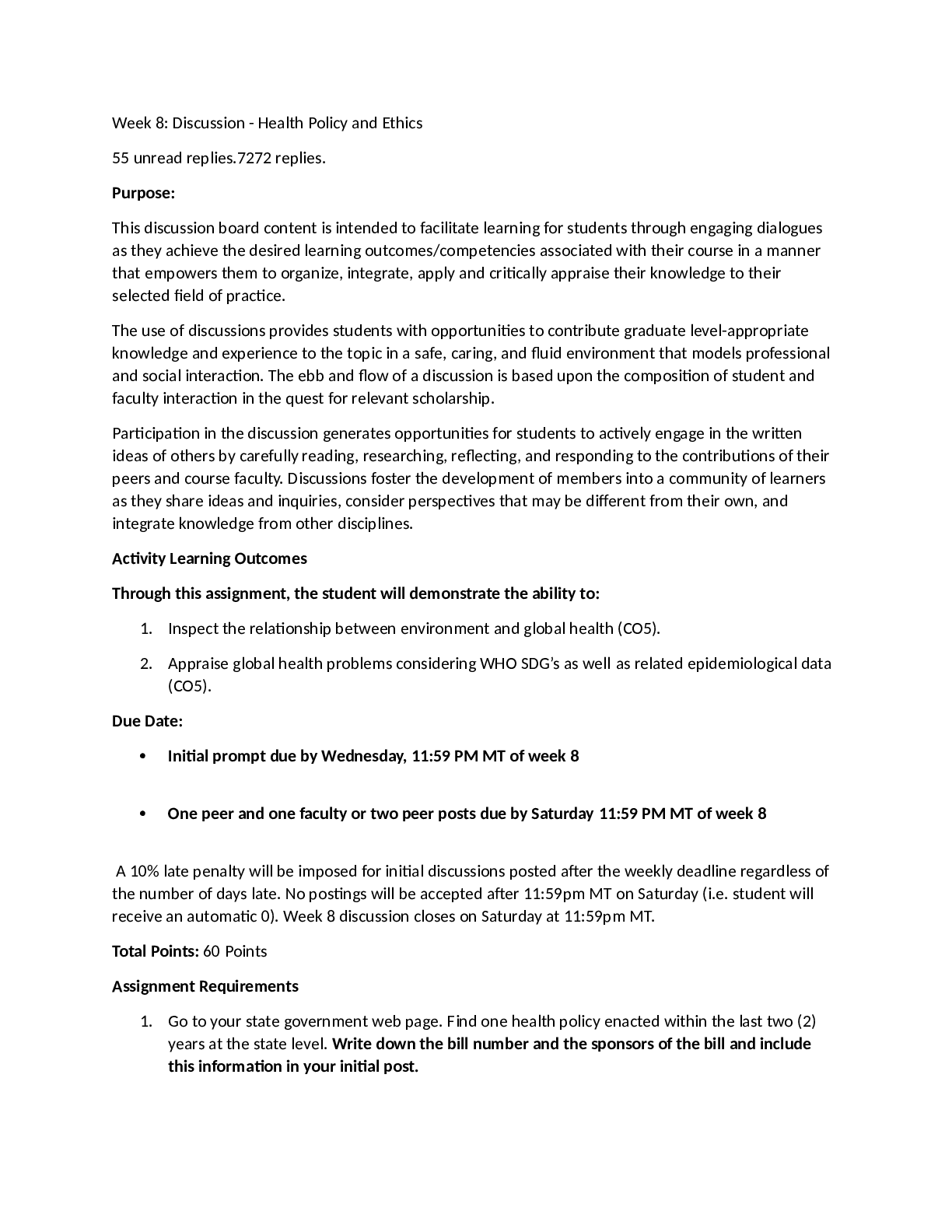


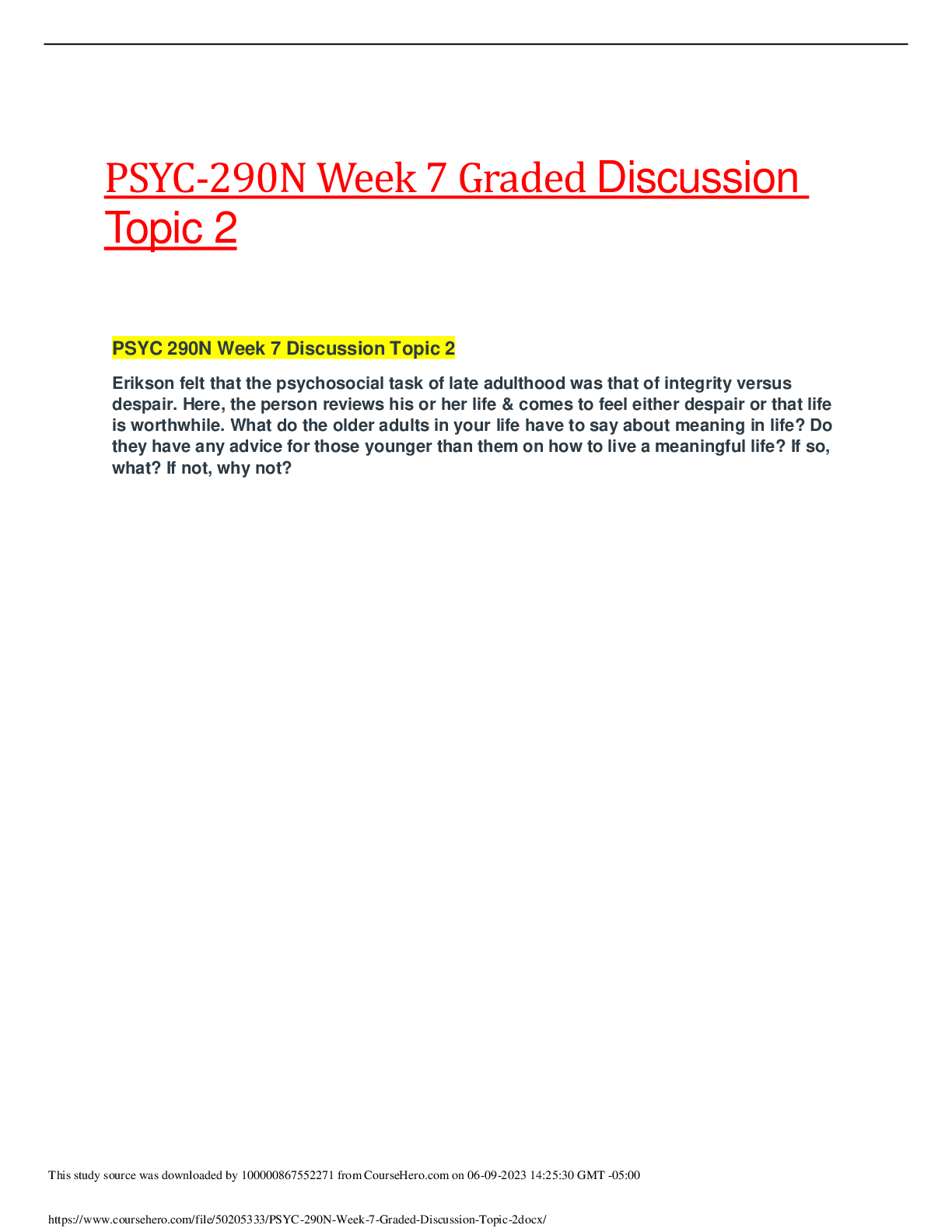
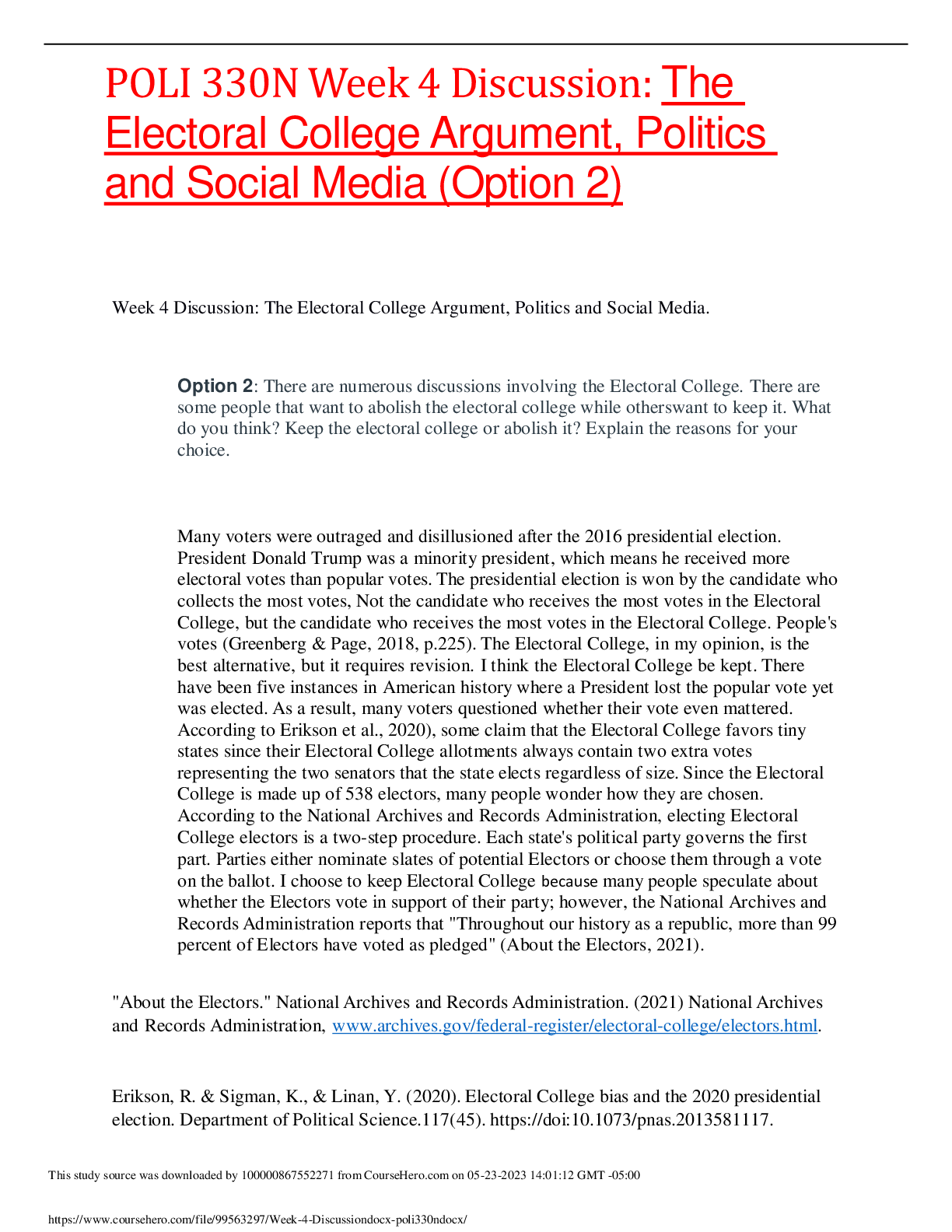
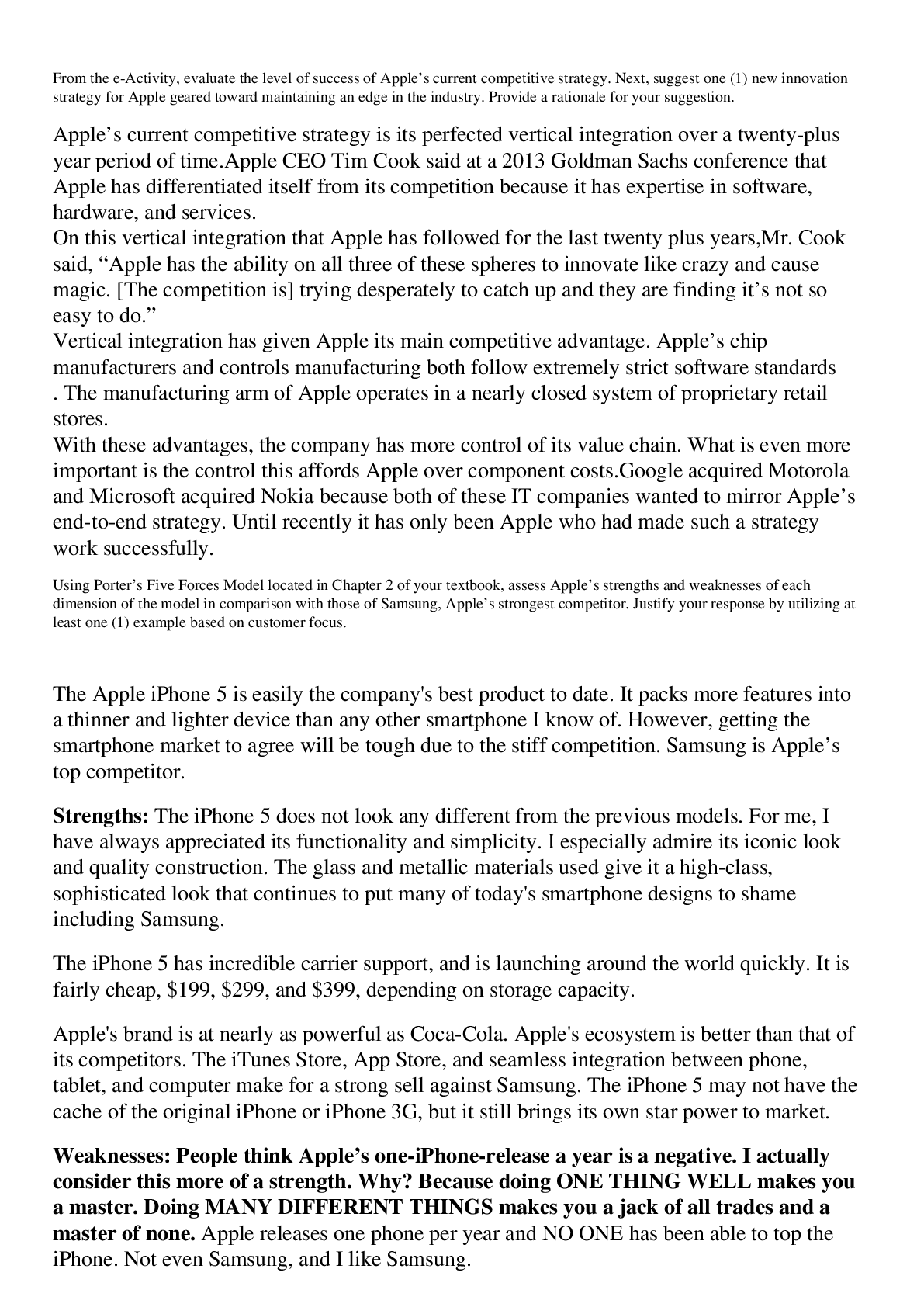
Growth and developmental patterns of toddlers.png)






